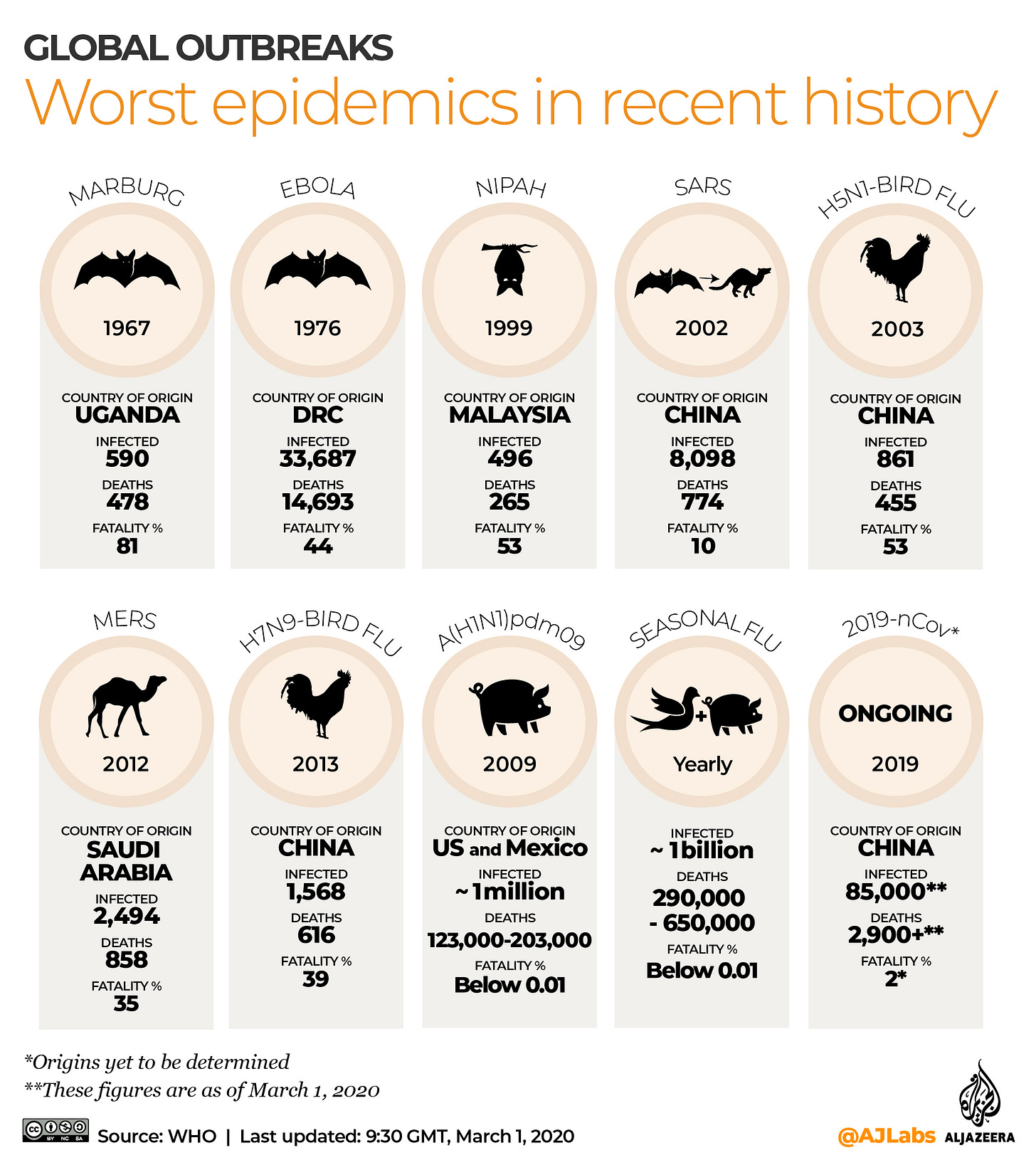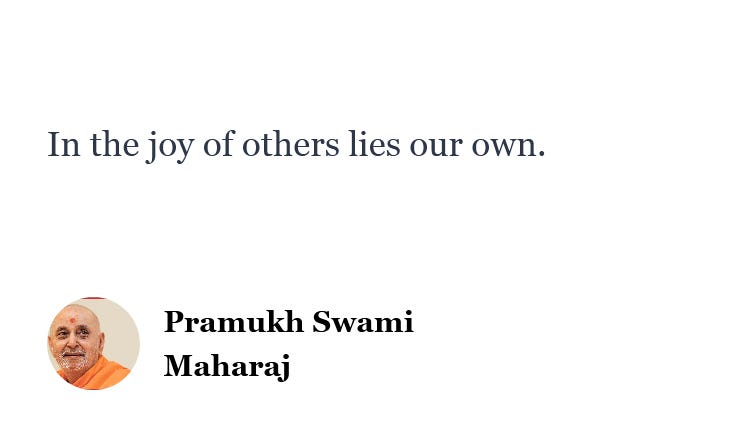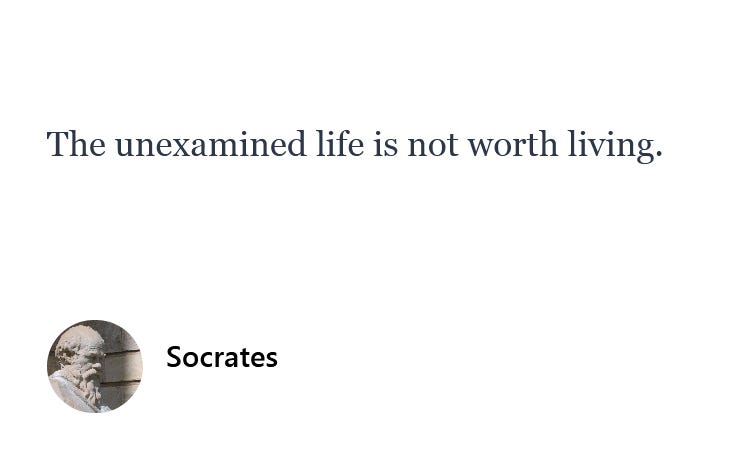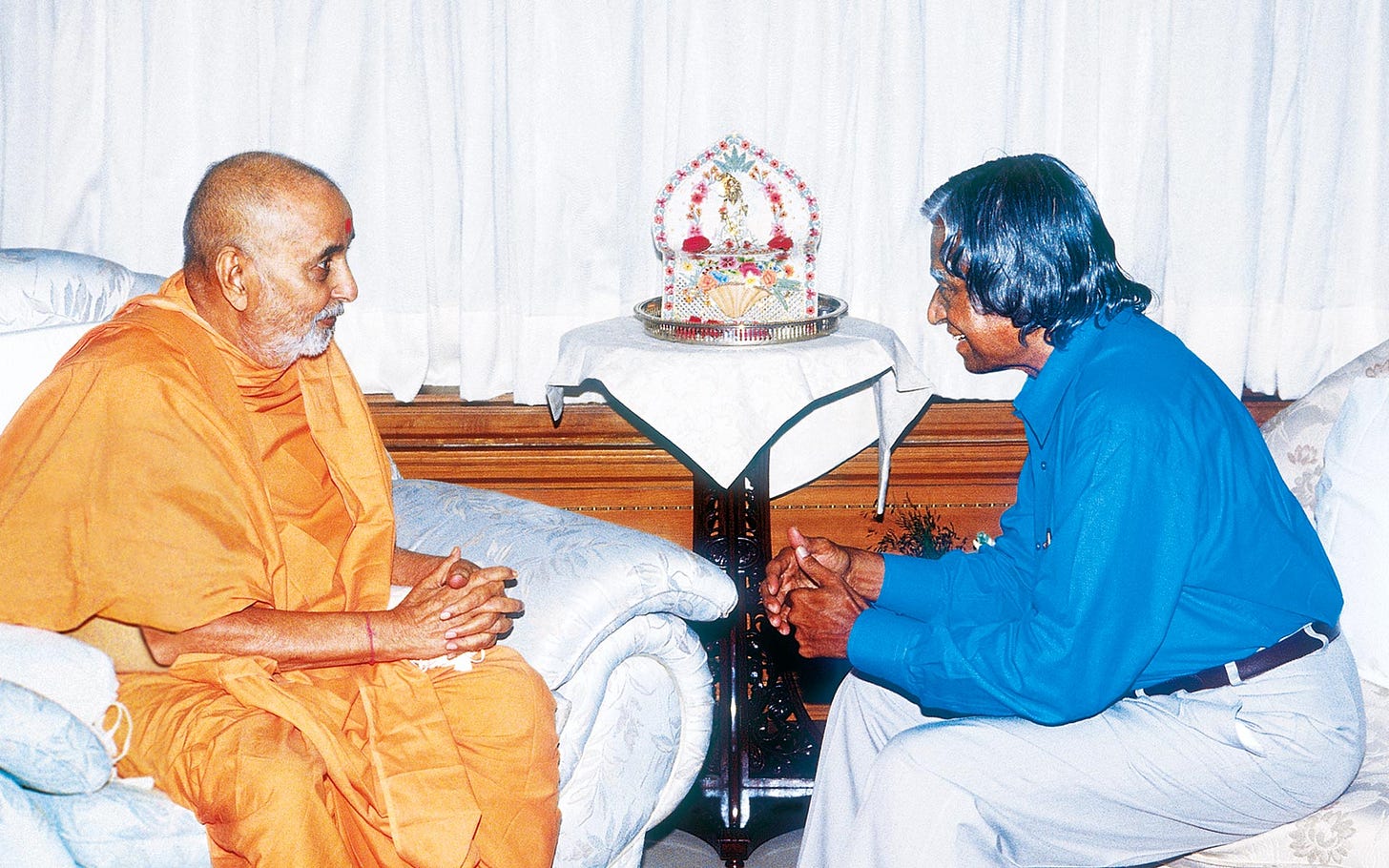I finished reading this excellent book: The Outward Mindset by The Arbinger Institute. Rarely does a leadership book resound so deeply with me. I found myself highlighting large chunks of the book, and I wanted to share some of the choicest passages from the book with you.
The basic premise of the book tells us that we need to change our mindset and see people as, well, people instead of objects or obstacles to manipulate, push, persuade, or overcome. They are people with their own internal needs, challenges, wants, objectives, hopes and dreams. When we see truly see people for who they are and what they want, make our work about serving them, and constantly adjust to make sure we see people for who they are, we create better families, communities, and organizations.
This is far from a “soft skills” book. Getting this right creates a strategic competitive advantage which cannot be replicated. It creates record breaking profits, low turnover rates, and drives real business results. This set of ideas have been used by SWAT Teams, non-profits, and multinational corporations.
This is similar to the premise of Listen & Lead by Richard Himmer which I wrote about in my two previous posts here and here. This books flows nicely from these other linked articles.
I have seen the power of these ideas in over a decade of my volunteering effort with BAPS, and BAPS Charities. While no one has formalized these ideas in this non-profit organization, I have seen its spirit everyday. The results have been breathtaking as a small organization founded in early 20th century India in a tiny village has grown to become one of the largest international India-based non-profits in the world with a host of activities impacting millions and thousands of centres globally.
I would say that if Arbinger really wants to see how deeply the Outward Mindset is embedded in an organization, they should carefully study BAPS.
Here are the excerpts:
In whatever a person does, his or her mind-set comes through, and others respond to this combination of behavior and mindset. This means that the effectiveness of an individual’s behaviors will depend to some significant degree on that individual’s mindset.
Seeing people as people rather than as objects enables better thinking because such thinking is done in response to the truth: others really are people and not objects.
When my mindset is outward, I am alive to and interested in other people and their objectives and needs. I see others as people whom I am open to helping.
Not caring to notice or be moved by others requires something of me that takes a tremendous personal and social toll: it requires me to feel justified for not caring. I find justification by focusing on others’ faults, real and imagined.
Are there people in your life, either at work or at home, whose needs, objectives, and burdens you resist seeing? How about people that you don’t resist—people with whom you are open, curious, interested, aware?
As you compare these relationships, what differences do you notice in how you feel and act? Can you spot any blame in what you tell yourself about others or any self-justifying narratives that you’ve come to believe
The most troubling areas of our lives will be those in which we resist what the humanity of others invites us to see. This is a hopeful truth.
What is the cost of an inward mindset? When people focus on themselves rather than on their impact, lots of activity and effort get wasted on the wrong things.
Think about the times in your life when you have felt most alive and engaged. Who and what were you focused on in those moments—on yourself or on something bigger that included others?
Real helpfulness can’t be made into a formula. To be outward doesn’t mean that people should adopt this or that prescribed behavior. Rather, it means that when people see the needs, challenges, desires, and humanity of others, the most effective ways to adjust their efforts occur to them in the moment. When they see others as people, they respond in human and helpful ways.
This approach to measuring one’s impact requires nothing but a willingness to stay in regular conversations with others about whether they feel one’s efforts are helping them or not.
While the goal in shifting mindsets is to get everyone turned toward each other, accomplishing this goal is possible only if people are prepared to turn their mindsets toward others with no expectation that others will change their mindsets in return.
For all these reasons—as well as because widespread mindset change happens in large measure in response to those who change first—being able to operate with an outward mind-set when others do not is a critically important ability. It is the most important move.
People misunderstand the most important move we are talking about if they think that working with an outward mindset when others refuse to do the same makes a person blind to reality or soft on bad behavior. It does neither. In fact, what obscures vision and exposes people to more risk is not an outward mindset, which stays fully alive to and aware of others, but an inward one.
If you start with changing mindsets, behavioral transformations can happen quickly.
Whether in rethinking community policing or resolving labor- management disputes, when people see situations that need to change, the temptation is to immediately apply a behavioral solution. That seems like the fast approach. But if mindset is not addressed, it is usually the slow approach to change.
We’re not trying to have a homogenized group of people who work in the same way. Everybody works individually, but they work toward a collective solution. It’s about taking difference and focusing together on results.
Without realizing it, too many leaders assume that the role of leadership is to control.
When I try to impose my ideas on others and thereby refuse to allow them to think, I end up getting in the way more than I end up being helpful. It’s not my job as a leader to have the solution to every problem.












